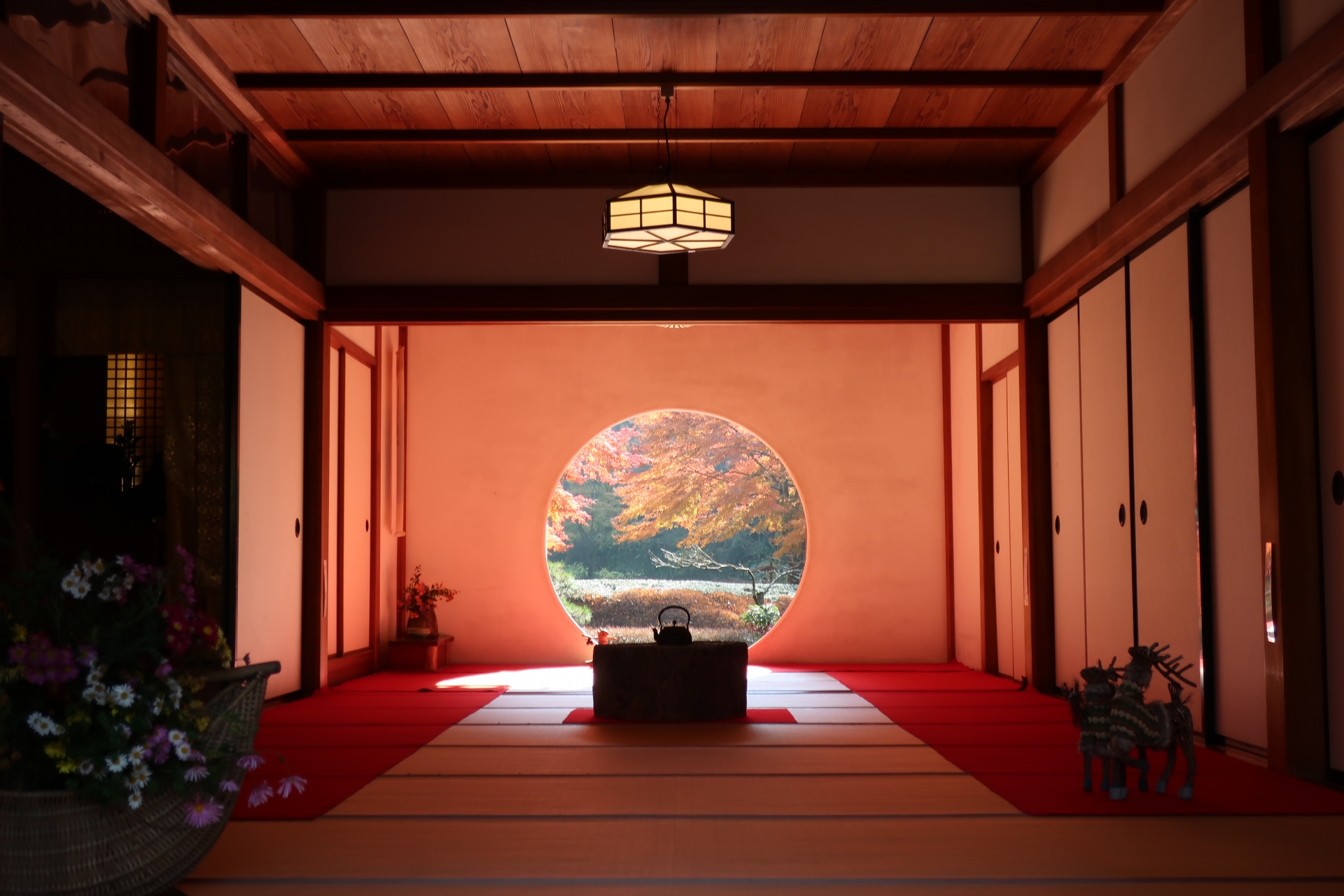The dual identity of Kamakura: Samurai and Slam Dunk pilgrims
Have you ever heard the name Kamakura? It’s a city about an hour south of Tokyo. In the modern era, Kamakura is perhaps best known as a hotspot for over-tourism—the pilgrimage site for fans of the iconic anime Slam Dunk. It’s a city now defined by manga and pop culture.
But centuries ago, Kamakura held a far more brutal, foundational identity: It was the birthplace of Japan’s first military government (Shogunate), the ground zero for the samurai class.
Samurai ruled Japan for nearly 700 years, but ask any historian which period produced the toughest warriors, and the answer is invariably the Kamakura period (1185 to 1333). “You look like a Kamakura samurai” was the highest possible compliment, even centuries later. (For context, the setting of the popular Shōgun series is nearly 300 years after this golden age.)
Here’s the fascinating, bizarre connection: Just like the warriors, the nails crafted during the Kamakura period are also considered the absolute peak of quality. Why? Because the high-carbon steel—the highest quality steel used for legendary sword-making—was also applied, only slightly less exclusively, to nail production.
The 1,000-Year paradox: Flexibility through minimalism
There’s a persistent myth, even among Japanese people, that our ancient temples and shrines were built without any nails. This is largely false. Nails were indeed used, but only where absolutely necessary: on the outer shell and the base structure.
The genius of Kamakura architecture lies in its philosophy of minimalism and flexibility. High-carbon nails are incredibly hard, but hard steel is brittle. In an earthquake country like Japan, using too many hard nails would make a building dangerously rigid and prone to collapse. Therefore, the nails were limited to an absolute minimum for both structural integrity and design aesthetics. They were stealthily hidden, and if visible, they were decorated.
The result of this careful, minimalistic application? The average lifespan of a Kamakura nail was designed to be 1,000 years. And astonishingly, they can still be recycled and reused during modern repair work. The architects understood that ultimate strength is not in rigidity, but in controlled, flexible movement.
The stealth metal: From ancient temples to your modern chair
This ancient philosophy—minimalism, flexibility, and stealth—is the spiritual core of our modern furniture production.
No, we don’t use 1,000-year-old high-carbon nails in our chairs. We use state-of-the-art screws and metal hardware. But we apply them to a necessary minimum. They are never the primary focus; they are always the hidden, silent partners.
Our goal is to make the joinery look seamless and simple, hiding the complex high-tech metalwork required to ensure durability and flexibility. You won’t see the structural metal, but it’s there, holding the pieces together, allowing the wood to flex and move subtly—just like an ancient temple surviving a seismic shock. I’m confident that when you look at our finished furniture, you’ll have fun just imagining the complex, stealth metal puzzle that holds the wooden structure together, ensuring its own 100-year flexibility.

Shungo Ijima
He is travelling around the world. His passion is to explain Japan to the world, from the unique viewpoint accumulated through his career: overseas posting, MBA holder, former official of the Ministry of Finance.

